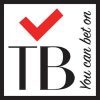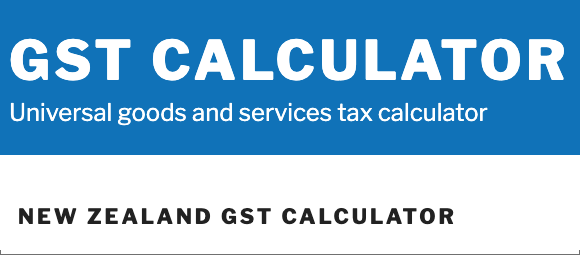I wanted to share a blog from Prospa which I believe has a clear explanation on the confusing issue of Vehicle claims:
If you only use your vehicle for business purposes, then you can claim the full running costs as a business expense.
But if you use your vehicle for both business and personal reasons, then you’ll need to keep a logbook so that you can accurately calculate and justify to Inland Revenue (IRD) the work-related percentage.
The difficulty comes with keeping a logbook. It’s quite difficult for business owners to actually undertake that exercise as it’s time consuming.
You only need to keep a logbook for 90 days – and that will last for three years, providing the proportion of your vehicle’s business use doesn’t change by more than 20%.
Once your logbook (here’s an IRD template) is sorted, there are two different methods that sole traders or partnership businesses can choose to calculate expense deductions: the ‘Actual Costs’ method and the Kilometre Rate’ method (both discussed below).
If you own and run a small company with shareholder-employees, more complicated rules and decisions regarding fringe benefit tax (FBT) may apply and professional tax advice should be sought.
How to keep a vehicle logbook
Keeping a logbook is not fun, but just remember, you’ll likely only need to do it once every three years.
The IRD says your logbook should record:
- The start date and the vehicle’s odometer reading on that day.
- The date, distance and reason for each business journey.
- The end date of the 90-day period, and the vehicle’s odometer reading on that day and any other important notes.
Once done, calculate the total distance travelled. Next, work out the kilometres that were driven for business. Finally, calculate the proportion/percentage driven for business compared to the total distance travelled.
It might be 40% business, 60% personal. Or even 80% business, 20% personal – it will depend on your circumstances.
After that’s sorted your next step is to choose a method.
METHOD ONE: The Actual Costs method
As the name suggests, this method requires you to keep track of the actual costs of running your vehicle.
That means keeping accurate records of all your vehicle-related expenses over the year, including petrol, oil, a warrant of fitness, repairs and maintenance (including tyres), insurance, registration, tolls and parking.
You can then also claim GST on the purchase price of the vehicle in relation to the business use.
You have two options to calculate the work-related portion under this method:
Option 1: By using a logbook – as explained above.
Option 2: By claiming up to 25% of all vehicle expenses. However, keep in mind you could still be asked by the IRD to justify the percentage claimed.
Then, simply apply the following calculation: Actual Costs x Work-related portion (Option 1 or Option 2) = Claimable Cost.
METHOD TWO: The Kilometre Rate method
Below are the rates per kilometre applied for the 2019/2020 income year
| Vehicle Type | Tier One Rate | Tier Two rate |
| Petrol or Diesel | 79 cents | 30 cents |
| Petrol Hybrid | 79 cents | 19 cents |
| Electric | 79 cents | 9 cents |
The Tier One rate is to provide for a combination of your vehicle’s fixed and running costs, and can be used for the first 14,000 kilometres travelled by the vehicle in a financial year (including for both business and personal purposes).
The Tier Two rate is to provide for running costs only. Use the Tier two rate for the business portion of any travel over 14,000 kilometres in a year.
It’s worth noting that when using this method you do not need to consider GST and that kilometre rates include depreciation, so make sure you don’t claim a separate depreciation deduction for the vehicle.
Calculation example: Let’s say your diesel vehicle travelled a total of 30,000km (both personal and business) over a financial year, and that your 90-day logbook showed a split of 60% work and 40% personal. You’d therefore calculate the following:
Tier one: 14,000km x 79 cents = $11,060
60% (work proportion) of $11,060 = $6,636
Tier two: 16,000km x 30 cents = $4,800
60% (work proportion) of $4,800 = $2,880
Total deduction amount = $6,636 (Tier One) + $2,880 (Tier Two) = $9,516.
Final tips on claiming car expenses
What method you decide to use will depend on your business’s circumstances.
While the Kilometre Rate method might seem like the more straightforward option as you don’t need to keep as many receipts, The Actual Cost method can better represent a vehicle’s depreciation – especially if you haven’t racked up many kilometres that year.
And if you haven’t kept an accurate logbook, but you’ve got a work diary that’s recorded accurate details of business meetings outside of your workplace.
If you are in a hurry, you can take a photo of your car speedometer at each end of your journey.
Source Information https://www.prospa.co.nz/blog/what-work-related-car-expenses-can-you-claim







